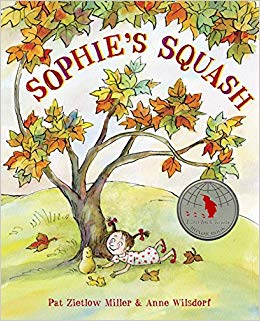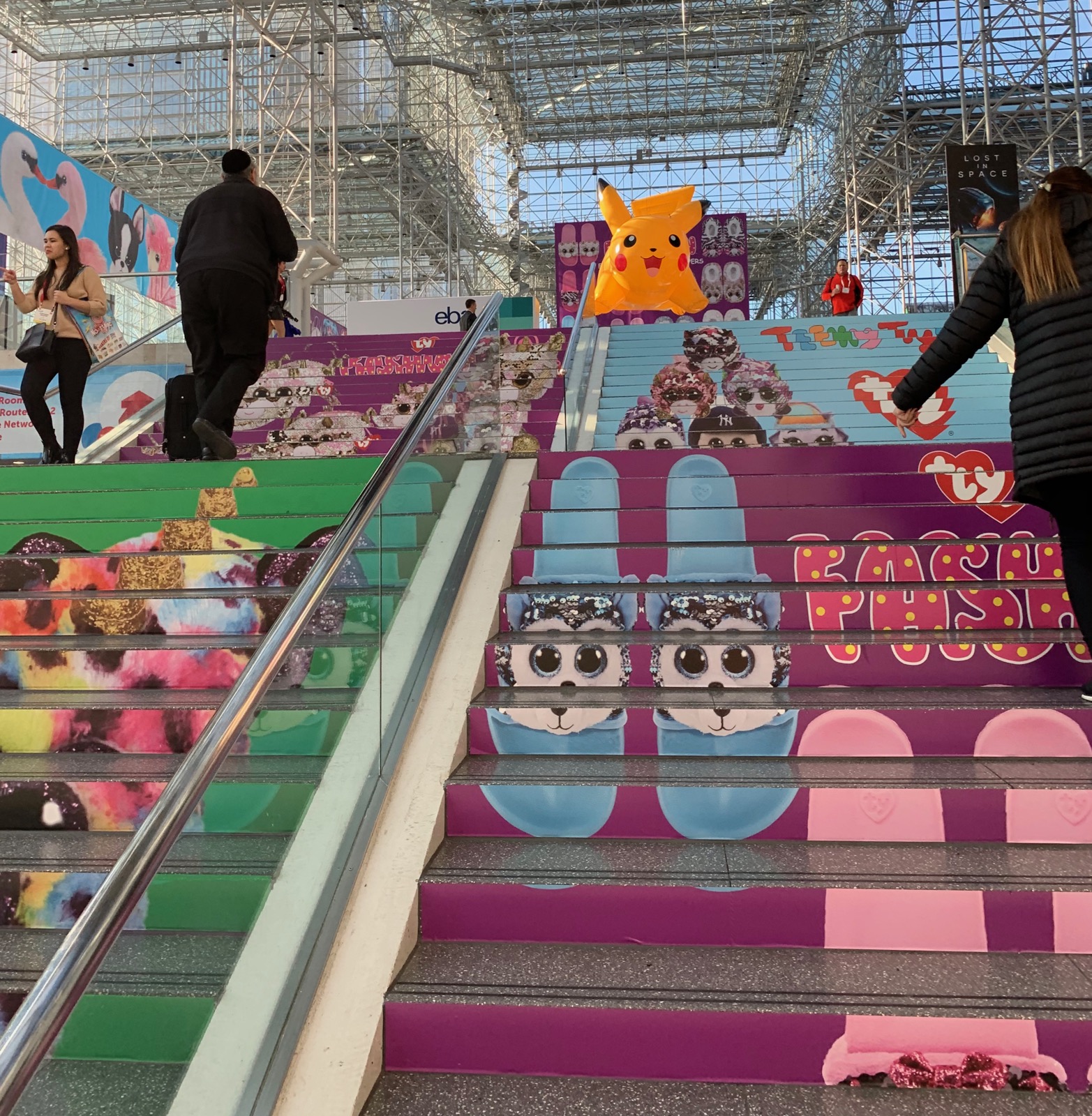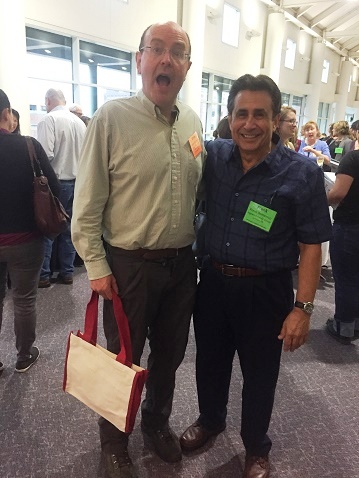From Little Red Riding Hood to Maurice Sendak’s Pierre to William Steig’s Doctor De Soto, the risk of being eaten has long been one of the most persistent threats in stories for children—although it’s also a fate marked by astounding  reversals. The lion regurgitates its prize or a woodcutter cuts a grandmother from the wolf’s belly, letting readers glimpse the darkness at the heart of the forest, yet escape knowing that all is not hopeless in the end. While being gobbled up isn’t precisely the biggest danger facing most kids these days, it represents something primal about living in a world that can chew you up and spit you out if you forget to pay attention.
reversals. The lion regurgitates its prize or a woodcutter cuts a grandmother from the wolf’s belly, letting readers glimpse the darkness at the heart of the forest, yet escape knowing that all is not hopeless in the end. While being gobbled up isn’t precisely the biggest danger facing most kids these days, it represents something primal about living in a world that can chew you up and spit you out if you forget to pay attention.

‘Lenny the Lobster Can’t Stay for Dinner’ by Finn Buckley, Michael Buckley, and Catherine Meurisse
This life lesson has, sadly, yet to be learned by unworldly Lenny the Lobster. When his fancy dinner party invitation arrives in the mail, he’s elated. Lured in by the prospect of an elegant party like the trusting fly into the spider’s parlor, his inability to read the room quickly leaves our hapless lobster at the mercy of a ravenous, lobster bib-wearing horde. Luckily, Lenny isn’t alone! He’s brought the reader with him to this ill-fated soirée (and a knowing narrator to nudge things along). Continue reading




